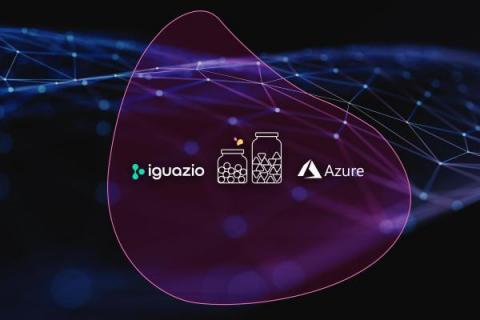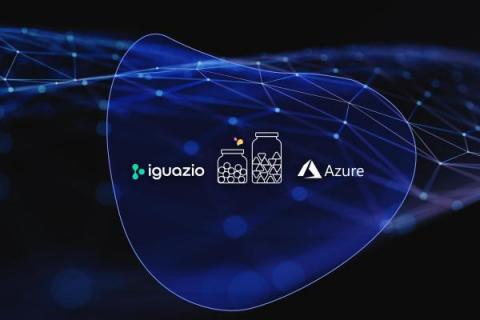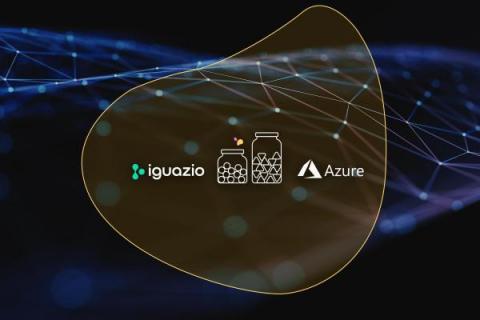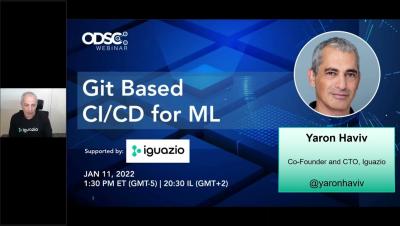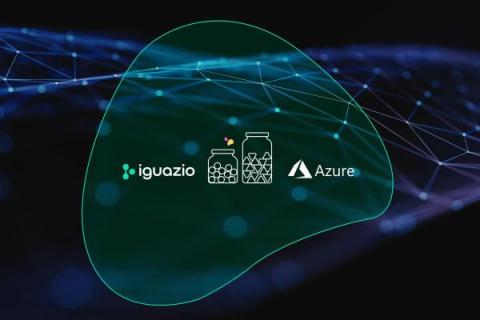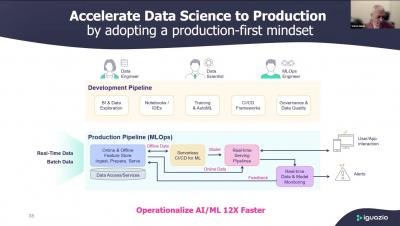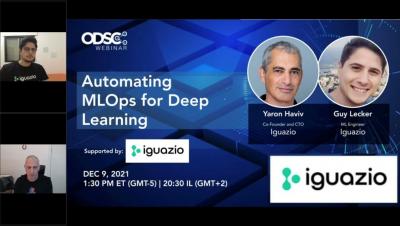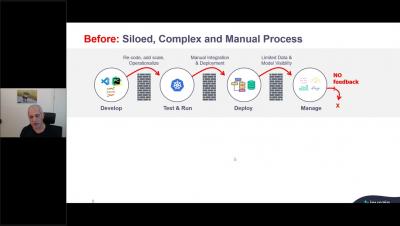The Complete Guide to Using the Iguazio Feature Store with Azure ML - Part 4
Last time in this blog series, we provided an overview of how to leverage the Iguazio Feature Store with Azure ML in part 1. We built out a training workflow that leveraged Iguazio and Azure, trained several models via Azure's AutoML using the data from Iguazio's feature store in part 2. Finally, we downloaded the best models back to Iguazio and logged them using the experiment tracking hooks in part 3. In this final blog, we will.


